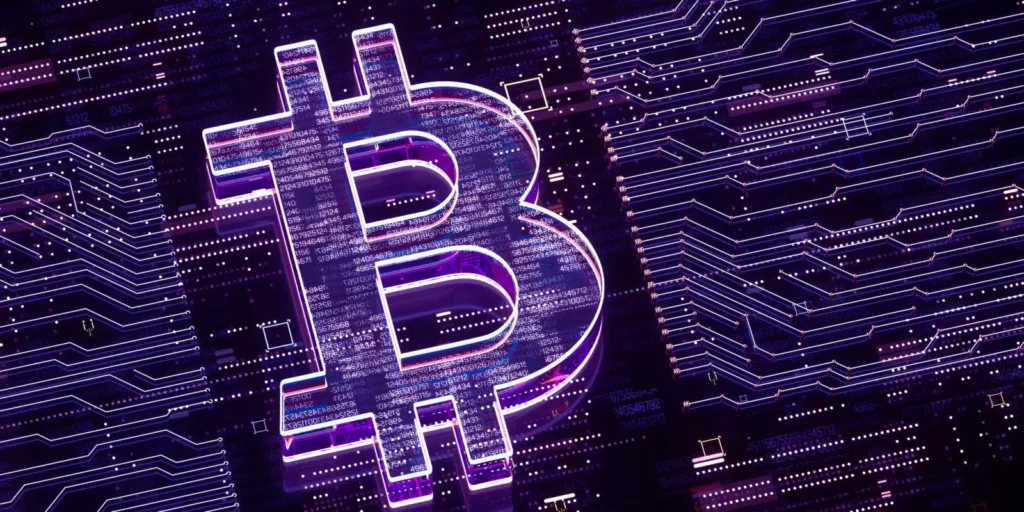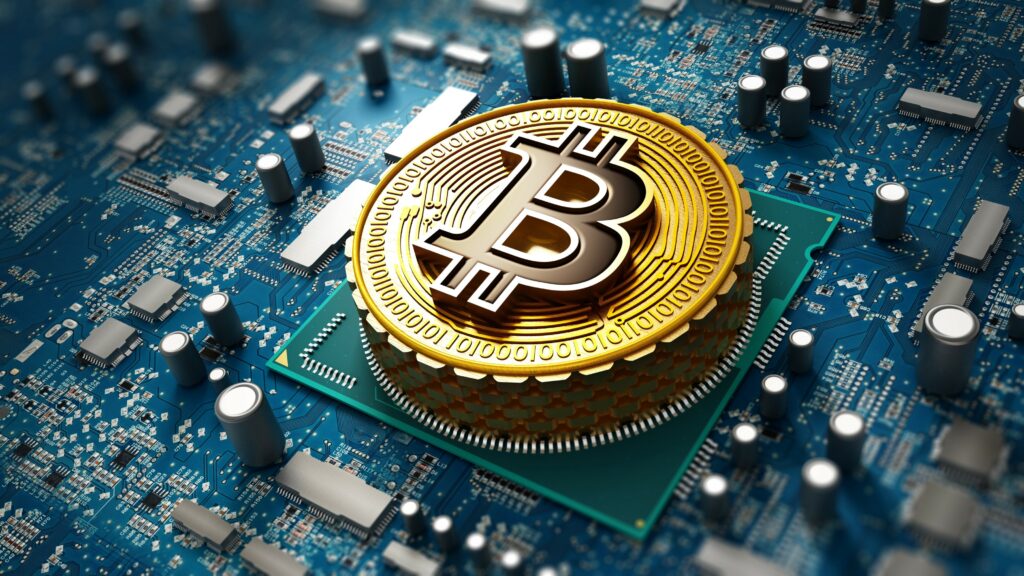By John Belizaire, CEO
Amidst all the turmoil caused by FTX’s decline and apparent betrayal of trust in the cryptoverse there is something we are forgetting. Bitcoin is not crypto.
Every 10 minutes of the news cycle, a new block is securely added to the global Bitcoin blockchain. The protocol continues its mission to become the world’s best digital commodity, backed by energy, where trust is irrelevant. It’s also been quietly catalyzing the future of renewable energy by solving its biggest problem – waste.
Bitcoin is not Crypto. At least not the version of crypto FTX was built on.
The recent Bitcoin Magazine opinion piece by Tim Niemeyer sums it up from my perspective. In it he states, “The overwhelming problem with the cryptocurrency sphere (defined here as everything other than Bitcoin) is that it’s still largely based on an expectation of trust. Whether it’s FTX, Celsius, LUNA or the countless other scams and Ponzis that are sewn into the fabric of the cryptocurrency industry, it’s clear that having centralized entities controlling your value requires you trust the fallible seamstresses and their incentives.”
Bitcoin does not rely on trust. There is Bitcoin (big B) – the protocol – and bitcoin (little b) – the digital asset. And, bitcoin is kept secure using its Proof-of-Work protocol. The energy used by the protocol gives proof that a participant earned the right to add a new block to the blockchain (and earn a reward). This system is highly secure, decentralized, and trustless. In my view, bitcoin is the source of freedom for hundreds of millions of people around the world, especially in places where there is a lack of trust in, or a lack of access to, centralized financial systems. In this case, bitcoin provides the ultimate security and flexibility. Bitcoin (big B), meanwhile, is giving way to many new technologies and use cases benefiting the global economy. Bitcoin is a technology exceeding its original prospect as a digital asset.
Bitcoin’s energy use is a feature, not a bug. While Bitcoin is energy-intensive, its energy usage does not equate to carbon emissions. Critics believe the whole endeavor is a waste of power, but compared to traditional banking’s energy use, Bitcoin’s is significantly smaller. A report from Cointelegraph estimates that the global banking sector uses 56 times more energy than the Bitcoin network and faces (sometimes successful) cyberattacks daily while the Bitcoin protocol protects over $300 billion in one of the most secure methods known to date. This security is possible due to the energy expended by participants on the network ensuring the transactions on the network are tamper-proof.
Bitcoin can serve as both a catalyst for economic revolution and as a driver of renewable energy growth. But partisan policy restrictions, including proposals that lump Bitcoin in with the rest of crypto, will hamper innovation and our ability to reach our emission reduction goals. I testified to this in a Congressional hearing called “Cleaning Up Crypto: The Energy Impacts of Blockchains.” Bitcoin mining doesn’t have to be a drain on energy resources. If done right, the process can help stabilize the energy grid. The transition to renewable energy introduces a new set of variables into the grid. Due to the intermittent nature of renewables, renewable power producers sometimes produce less energy than there is demand for, and sometimes produce more. When supply exceeds demand, many of these power producers are forced to curtail production at the risk of overloading a fragile grid.
Up to 30% of the power generated by solar and wind farms can go to waste thanks to the energy that can’t be sold back to the grid.
As more clean energy projects come online, curtailment, a massive concern for individual developers, becomes an increasingly pervasive problem. We see computing like Bitcoin mining as part of the solution to this problem.
An important feature of Bitcoin mining is that it can be paused. This feature lends itself to the intermittency of renewables, allowing us to introduce a new type of load to the grid — a flexible one. A flexible load can help increase grid resilience by absorbing excess energy from renewable producers that generate more power than the grid can handle.
With a flexible load like Bitcoin mining, power plants can avoid the costly issue of excess energy that must be curtailed. Computing is an immediately deployable solution that can allow renewables to scale quickly, driving economic growth in struggling rural areas and catalyzing renewable energy as a global superpower.
I frequently talk to clean power producers, and I’m not the first Bitcoin miner they’ve spoken with. That tells me that energy developers are beginning to view this form of computing as a path to Additionality—a catalyst for building a clean power plant that otherwise would not get built.
Indeed, many states and their utilities are starting to understand the benefits of having flexible load customers. A more elastic demand side is imperative to grid modernization.
Regulation, if done right, can aid in the process of making Bitcoin green across the board. Cleaning up the crypto industry is necessary and laudable. Soluna sees Bitcoin as the most mature, secure, and adopted digital currency. It’s so much more than crypto. Bitcoin can mitigate climate change by incentivizing the growth of renewables.




